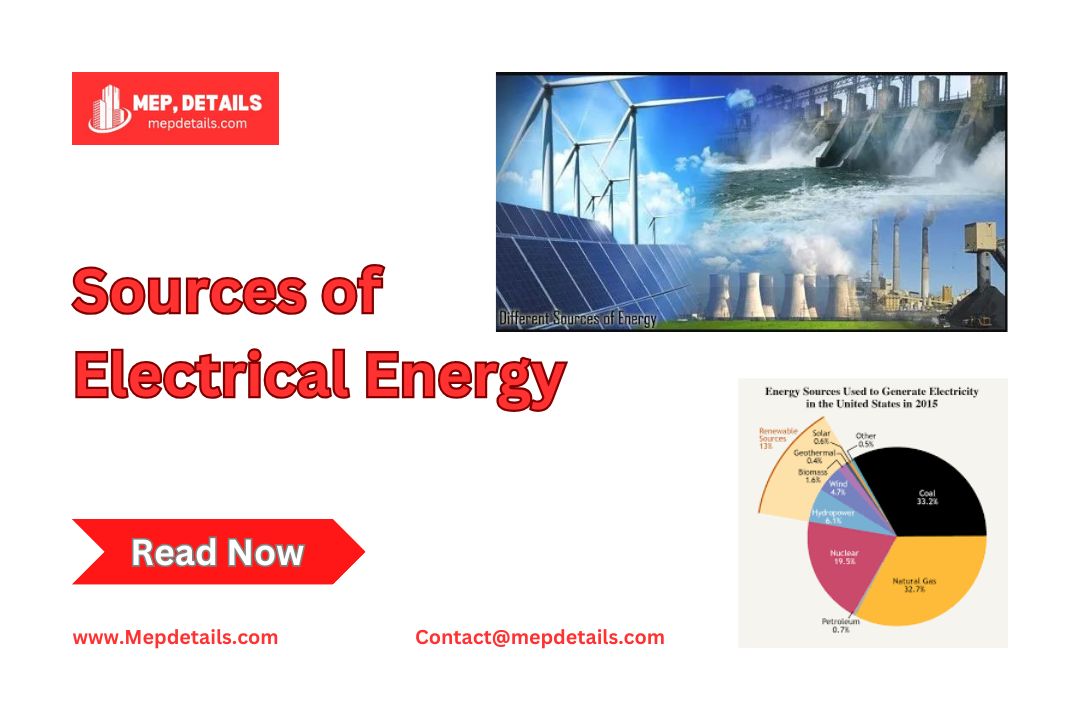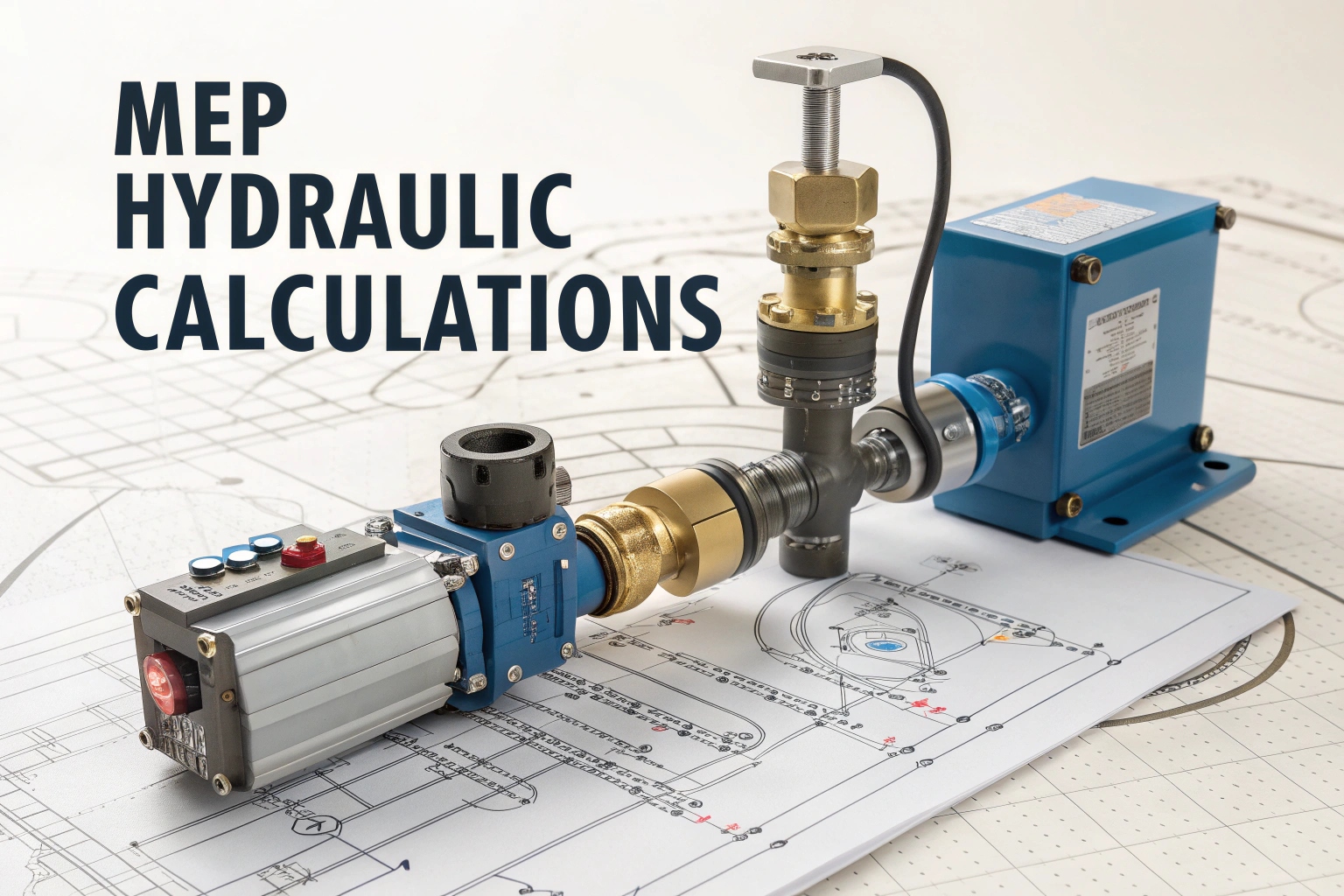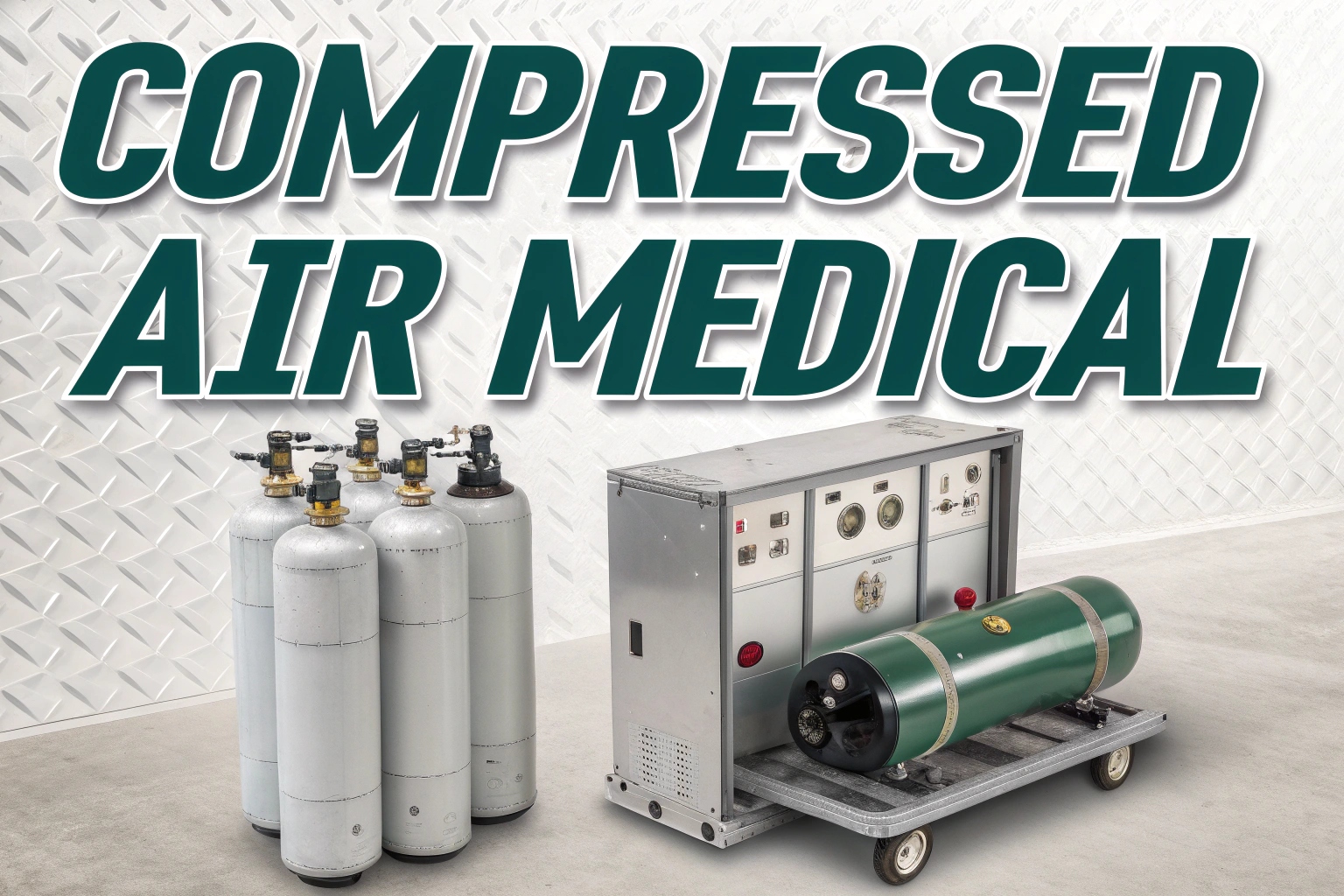Electrical energy comes from forces acting on electrically charged particles, like electrons in wires. This energy relies on the combination of current and electric potential, known as voltage, measured in volts, which a circuit provides. Motion, or current, is not always necessary. For instance, static electricity or a charged capacitor shows how a voltage difference can exist without current. In these cases, the electrical energy usually changes into another energy form. This article explains six methods for producing electric power.
What is Electrical Energy?
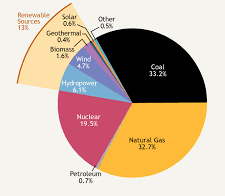
Electrical energy is what powers many things we use every day, from digital alarm clocks that wake us up to vehicles that take us places. Energy is the ability to do work or move an object. Electric energy comes from the movement of electric charges. The force behind this movement is the attraction or repulsion between charged particles. When electric charges move faster, they carry more electrical energy.
We usually buy electrical energy in kilowatt-hours (1 kW•h = 3.6 MJ). This measurement comes from multiplying the power in kilowatts by the time it runs in hours. Electric companies track energy use with an electricity meter, which shows the total electric energy delivered to a customer.
One way to use electrical energy is through electric heating, which turns electrical energy into heat. The most common type of electric heater uses electrical resistance to make this conversion. Computers also use electrical energy, where small amounts of it move quickly in and out of millions of transistors. In this case, energy moves as current through a transistor and stays still as electric charge on a transistor’s gate, which controls the current.
How Does Electrical Energy Work
The British scientist Michael Faraday found a way to generate electricity in the 1820s. He moved a loop or disc made of conductive metal between the poles of a magnet. The basic idea is that electrons in copper wire can move freely. Each electron has a negative electrical charge. Its movement depends on the attractive forces between the electron and positive charges (like protons and positively charged ions) and the repulsive forces between the electron and similar charges (such as other electrons and negatively charged ions).
In simpler terms, the electric field around a charged particle, like an electron, pushes or pulls on other charged particles, making them move and do work. To separate two charged particles that attract each other, you must apply a force.
Many types of charged particles can create electrical energy, including electrons, protons, atomic nuclei, positively charged ions (cations), negatively charged ions (anions), and positrons (the antimatter equivalent of electrons).
What are the Main Sources of Electrical Energy?
Friction
Friction is the least common way to create electrical energy. When a cloth rubs against an object, it generates friction electricity. The rubbing charges the object, giving it a static electrical charge, also known as static electricity. There are two types of electrical charge: positive and negative. Each type attracts the opposite charge and repels the same charge. In simple terms, like charges repel, and unlike charges attract. Static electricity has several uses, mainly in Van de Graaff generators, which produce high voltages to test insulating materials. It also helps in electrostatic painting and making sandpaper. As the coarse grains move across the negative plate, they gain a negative charge. The positive plate attracts these charged grains, embedding them into adhesive due to their impact speed.
Heat
In 1821, Thomas Seebeck discovered that when two different metals meet, they generate a voltage based on temperature. If you have a closed circuit with two different metal conductors and one junction is hotter than the other, it creates an electromotive force. For example, in a circuit with copper and iron, electrons flow from the hot junction on the iron to the cold junction. This flow happens because of the temperature difference. This process is known as the Seebeck effect and is widely used in thermometers.
Light
Sunlight can also produce electrical energy. Solar cells, or photovoltaic cells, directly convert sunlight into electricity without any mechanical devices. This technology is simpler than fossil-fuel systems for generating electricity. A solar cell consists of a light-sensitive semiconductor. When sunlight hits the cell, it creates electric energy. Photons in light excite the semiconductor, creating electron-hole pairs through a process called photo-ionization. The electric field within the cell separates these pairs, leading to the flow of electrons and the generation of voltage. If you connect a circuit, the cell will provide electrical energy. The more sunlight the cell receives, the more electricity it produces.
Chemical
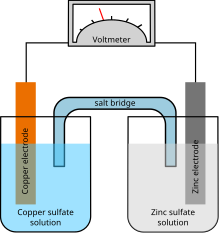
When a zinc electrode and a copper electrode are placed in a dilute sulfuric acid solution, they react and create a potential difference of about 1 volt. When you connect the electrodes with a wire, the zinc electrode slowly dissolves into the acid. Zinc ions go into the electrolyte while electrons stay on the zinc electrode. The copper electrode does not dissolve; instead, it gives up electrons to the positively charged hydrogen ions in the electrolyte, creating hydrogen gas bubbles around it. Zinc ions combine with sulfate ions to form zinc sulfate, which settles at the bottom of the cell. This process leaves the zinc electrode negatively charged and the copper electrode positively charged, with electrons moving through the external circuit to the copper electrode.
Pressure
Some crystals and ceramics have molecules that are permanently charged in different parts. These materials create an electric charge when an external force changes their shape. This effect is known as piezoelectricity. Natural crystals like quartz and manufactured ceramics like lead titanate exhibit this effect. Piezoelectric materials are used in buzzers for pagers, ultrasonic cleaners, mobile phones, and gas igniters. These sensors convert pressure, force, vibration, or shock into electrical energy. They measure active events and are also used in flow meters, accelerometers, and vehicle systems to sense changes in pressure. When voltage or an electric field stresses a piezo element, it changes shape. This is called electrostriction or the reverse piezoelectric effect, allowing the element to act as a device called an actuator. Piezoelectric materials help convert electrical energy into mechanical energy and can turn electric fields into sound waves.
Magnetism
Magnetism is a common and useful way to produce electrical energy. Different sources provide the mechanical power needed for this process. These sources, known as prime movers, include diesel, petrol, and natural gas engines. Energy sources like coal, oil, natural gas, biomass, and nuclear power heat water to create superheated steam. Non-mechanical prime movers, such as water, steam, wind, wave motion, and tidal currents, can also power turbines connected to generators. To generate voltage using magnetism, three conditions must be met: movement, conductors, and a magnetic field.
When a conductor moves through a magnetic field, it allows electrons to flow, creating electrical pressure for alternating current in an external circuit. An elementary alternator consists of a wire loop called an armature that rotates between magnetic poles. Copper-graphite brushes collect the alternating current generated in the conductor. Another device, called a dynamo or direct current generator, also converts mechanical energy into electrical energy through electromagnetic induction.
The main difference between an alternator and a generator is that an alternator produces alternating current (AC), while a generator produces direct current (DC). Both machines generate alternating current in the armature, but the type of current that flows to the external circuit depends on how the induced current is collected. In an alternator, brushes touch slip rings to collect current, while a generator uses a commutator, a rotating switch, to connect to the external circuit. The commutator reverses connections at each current change in the armature, producing rectified current or direct current. This direct current is not pure but is a pulsating current that remains in one direction and varies in intensity.
How is Electricity Generated from Different Sources?
Electricity generation is how we create electrical energy from other types of energy.
British scientist Michael Faraday discovered the main idea behind electricity generation in the 1820s and early 1830s. His method is still used today: moving a loop of wire or a copper disc between the poles of a magnet generates electric current.
For electric companies, generating electricity is the first step in delivering power to consumers. They handle other processes, including electricity transmission, distribution, and storing energy through methods like pumped storage.
Most electricity comes from power stations using electromechanical generators. These generators often rely on heat engines powered by burning fuel or nuclear fission. However, they can also use other sources, such as the kinetic energy from flowing water and wind. Additionally, technologies like solar panels and geothermal power can generate electricity as well.
Conclusion
Electrical energy plays a crucial role in our daily lives, powering everything from appliances to vehicles. This article explored six key methods of generating electrical energy: friction, heat, light, chemical reactions, pressure, and magnetism. Each method has unique processes and applications, showcasing the diverse sources of electrical energy available. Understanding these sources helps us appreciate the technology that powers our world. As we continue to innovate and find new ways to harness energy, we can look forward to a more sustainable and efficient future.
FAQs
What are the sources of electrical energy?
Electrical energy comes from three main sources: fossil fuels (like coal, natural gas, and oil), nuclear energy, and renewable energy. Most electricity gets produced by steam turbines that use fossil fuels, nuclear power, biomass, geothermal energy, or solar thermal energy.
What is the electrical source?
Common electrical sources include generators, photovoltaic cells, thermopiles, and primary-cell batteries. These devices generate electrical voltage, which causes electrical current to flow in a circuit. Common electrical loads, which use this current, include resistors, lamps, and electric motors.
What is the source of energy in an electric circuit?
Electrical cells provide the energy for an electric circuit.
What does electrical energy mean?
Electrical energy is the energy that comes from the movement of charged particles, like electrons, through a conductor. Its main benefits are its flexibility, energy efficiency, and low environmental impact, especially when used with renewable sources. Electricity is a highly adaptable form of energy.
How is electrical energy used?
People use electricity for many purposes, including lighting, heating, cooling, and refrigeration. It powers appliances, computers, electronics, machinery, and public transportation systems.
Read More – Thermoelectric Generators: Materials, Advantages, Applications

